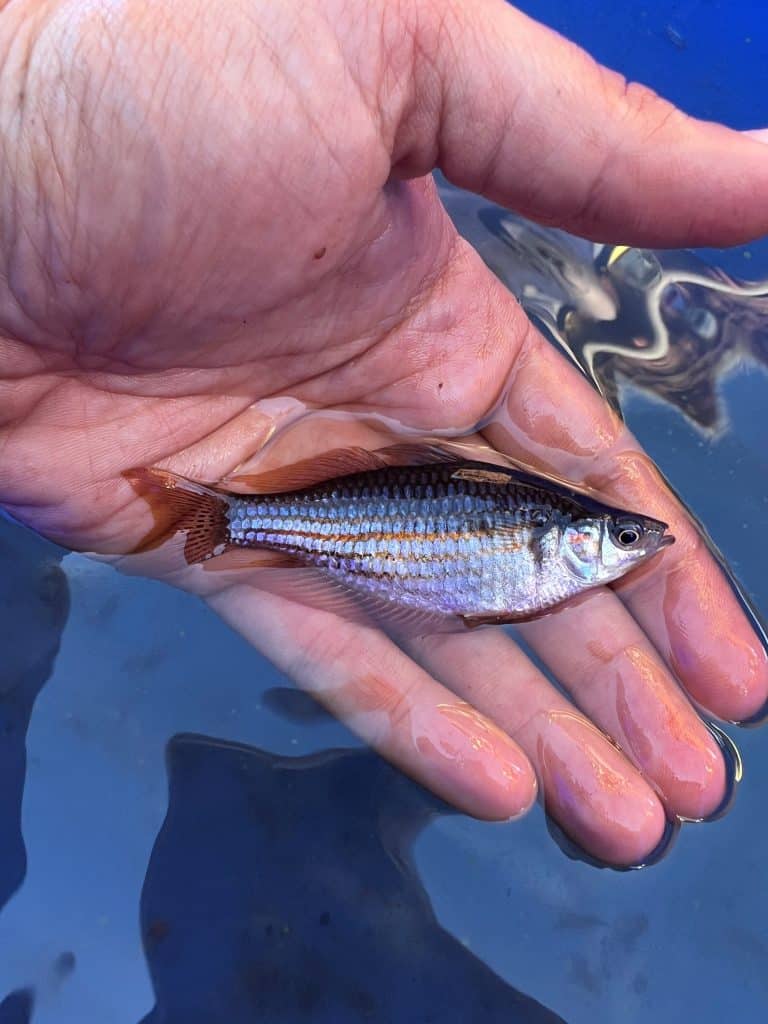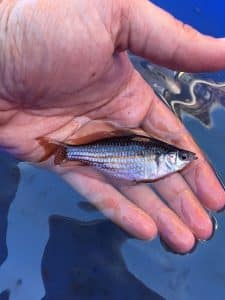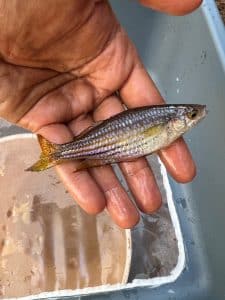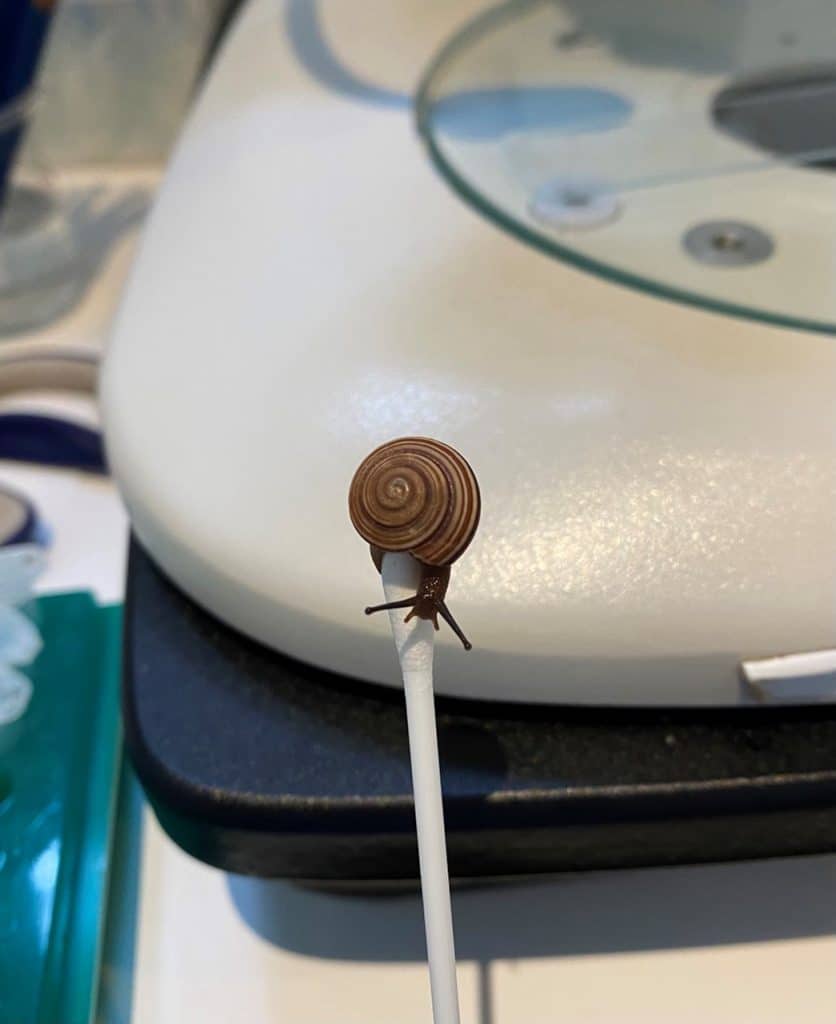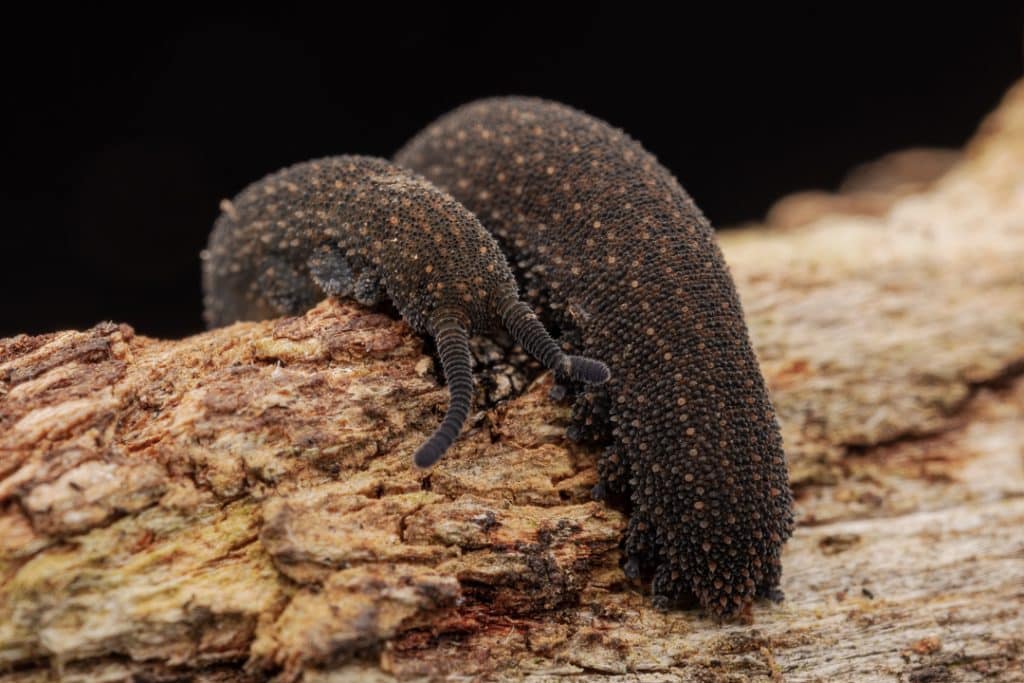Liesel Morgan Land snails often exhibit high levels of endemism and are vulnerable to habitat degradation. As such, they are…
All organisms release DNA into the environment. Sampling and analysing this environmental DNA (eDNA) promises an elegant solution to detect species that are rare, or just not that easy to observe or trap. Biologic has used eDNA approaches as part of our environmental surveys of aquatic, subterranean and vertebrate communities over the past few years. For aquatic species, for example, the eDNA extracted from a scoop of water from a waterhole can be compared with a library of known DNA sequences, called ‘barcodes’, potentially revealing all of the species living in or using that waterhole. Yet the accuracy of the species list generated using eDNA is only as reliable as the barcodes housed in the DNA library. When the origins of the barcodes are poorly documented, unusual species can be ‘found’ in places that scientists would not expect.
In some eDNA studies of freshwater systems in the Pilbara, Biologic and others have detected the crimson-spotted rainbowfish, Melanotaenia duboulayi. This species is endemic to the catchments north and south of Brisbane, but is also found in the aquarium trade. The species that is expected in the Pilbara is the western rainbowfish, Melanotaenia australis.
GenBank is commonly used barcode library. While there is a western rainbowfish sequence on GenBank, the sequence is from a scientific paper that claims that the specimen was sampled from the Kimberley region, with few other details and no other morphological or taxonomic information provided. To resolve the strange records of crimson-spotted rainbow fish, Jess Delaney, Kim Nguyen and Siobhan Paget from Biologic’s Aquatic team took external swabs from western rainbowfish and spangled perch, Leiopotherapon unicolor, a common grunter species, in the Pilbara region. The team used swabs instead of fin clips to test a non-invasive sampling method on these commonly caught species, to give us confidence that the method could be applied to threatened species such as the blind cave eel (Ophisternon candidum). This approach was supported by the Murdoch University Animal Ethics Board, and allowed fish to be safely returned to the water with minimal harm.
Biologic geneticist Angus Lawrie successfully amplified barcodes from the swabs, which matched the rainbowfish and grunter species groups. This gave us confidence that we had sequenced the correct organisms. The sequence on GenBank now represents a western rainbowfish from the west Pilbara. Our results suggest that original sequence may have been from a misidentified specimen or that the ‘western rainbowfish’ is not a single species and further taxonomic investigation is required.
All sequences generated by Biologic are submitted to GenBank. Biologic will continue to collect swabs from western rainbowfish and other freshwater fish from catchments across the Pilbara, to better understand the genetic variation across the region. Increased data sharing between environmental practitioners will improve the reliability of eDNA studies across Western Australia, as well as assist in better understanding species’ distributions.
